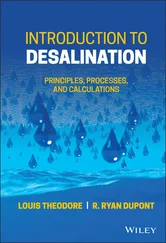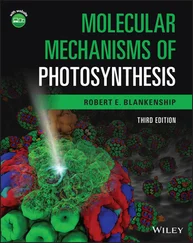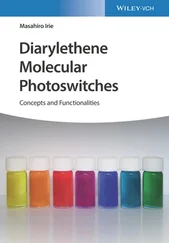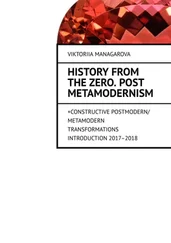325 324
326 325
327 326
328 327
329 328
330 329
331 330
332 331
333 332
334 333
335 334
336 335
337 336
338 337
339 338
340 339
341 340
342 341
343 342
344 343
345 344
346 345
347 346
348 347
349 348
350 349
351 350
352 351
353 352
354 353
355 354
356 355
357 356
358 357
359 358
360 359
361 360
362 361
363 362
364 363
365 364
366 365
367 366
368 367
369 368
370 369
371 370
372 371
373 372
374 373
375 374
376 375
377 376
378 377
379 378
380 379
381 380
382 381
383 382
384 383
385 384
386 385
387 386
388 387
389 388
390 389
391 390
392 391
393 393
394 394
395 395
396 396
397 397
398 398
399 399
400 400
401 401
402 402
403 403
404 404
405 405
406 406
407 407
408 408
409 409
410 410
411 411
412 413
413 414
414 415
415 416
416 417
417 418
418 419
419 420
420 421
421 422
422 423
423 424
424 425
425 426
426 427
427 428
428 429
429 430
430 431
431 432
432 433
433 435
434 436
435 437
436 438
437 439
438 440
439 441
440 442
441 443
442 445
443 446
444 447
445 448
446 449
447 450
448 451
449 453
450 454
451 455
452 456
453 457
454 458
455 459
456 460
457 461
458 462
459 463
460 464
461 465
462 466
463 467
464 468
465 469
466 470
467 471
468 472
469 473
470 474
471 475
472 476
473 477
474 478
475 479
476 480
477 481
478 482
479 483
480 484
481 485
482 486
483 487
484 488
485 489
486 491
487 492
488 493
489 494
490 495
491 496
492 497
493 498
494 499
495 500
496 501
497 502
498 503
499 504
500 505
501 506
502 507
503 508
504 509
505 510
506 511
507 512
508 513
509 514
510 515
511 516
512 517
513 518
514 519
An Introduction toMolecular Biotechnology
Fundamentals, Methods and Applications
Edited by MichaelWink

Editor
Michael Wink
Universität Heidelberg
Institut für Pharmazie und Molekulare
Biotechnologie (IPMB)
Im Neuenheimer Feld 329
69120 Heidelberg
Germany
Cover credits
Shutterstock #287352494 / paulista
All books published by Wiley‐VCHare carefully produced. Nevertheless, authors, editors, and publisher do not warrant the information contained in these books, including this book, to be free of errors. Readers are advised to keep in mind that statements, data, illustrations, procedural details or other items may inadvertently be inaccurate.
Library of Congress Card No.:applied for
British Library Cataloguing‐in‐Publication DataA catalogue record for this book is available from the British Library.
Bibliographic information published by the Deutsche NationalbibliothekThe Deutsche Nationalbibliothek lists this publication in the Deutsche Nationalbibliografie; detailed bibliographic data are available on the Internet at < http://dnb.d-nb.de>.
© 2021 WILEY‐VCH GmbH, Boschstr. 12, 69469 Weinheim, Germany
All rights reserved (including those of translation into other languages). No part of this book may be reproduced in any form – by photoprinting, microfilm, or any other means – nor transmitted or translated into a machine language without written permission from the publishers. Registered names, trademarks, etc. used in this book, even when not specifically marked as such, are not to be considered unprotected by law.
Print ISBN:978‐3‐527‐34414‐7
ePDF ISBN:978‐3‐527‐81286‐8
ePub ISBN:978‐3‐527‐81288‐2
Cover DesignFormgeber, Mannheim, Germany
Part I Fundamentals of Cellular and Molecular Biology
1 The Cell as the Basic Unit of Life
Michael Wink
Heidelberg University, Institute of Pharmacy and Molecular Biotechnology (IPMB), Im Neuenheimer Feld 329, 69120 Heidelberg, Germany
The base unit of life is the cell. Cells constitute the base element of all prokaryotic cells(cells without a cell nucleus, e.g. Bacteriaand Archaea) and eukaryotic cells(or Eukarya) (cells possessing a nucleus, e.g. protozoa, fungi, plants, and animals). Cells are small, membrane‐bound units with a diameter of 1–20 μm and are filled with concentrated aqueous solutions. Cells are not created de novo , but possess the ability to copy themselves, meaning that they emerge from the division of a previous cell. This means that all cells, since the beginning of life (around 4 billion years ago), are connected with each other in a continuous lineage. In 1885, the famous cell biologist Rudolf Virchow conceived the law of omnis cellula e cellula (all cells arise from cells), which is still valid today.
The structure and composition of all cells are very similar due to their shared evolution and phylogeny( Figure 1.1). We see an astonishing constancy in fundamental structures and mechanisms. Owing to this, it is possible to limit the discussion of the general characteristics of a cell to a few basic types ( Figure 1.2):
Bacterial cells
Plant cells
Animal cells
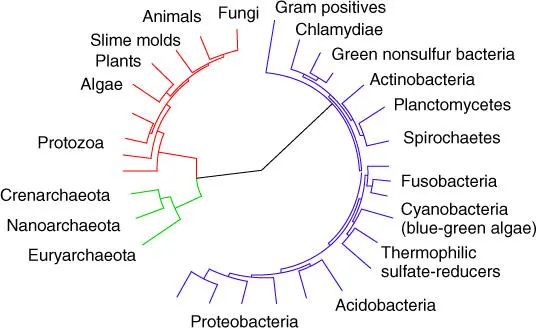
Figure 1.1 Tree of life – phylogeny of life domains.
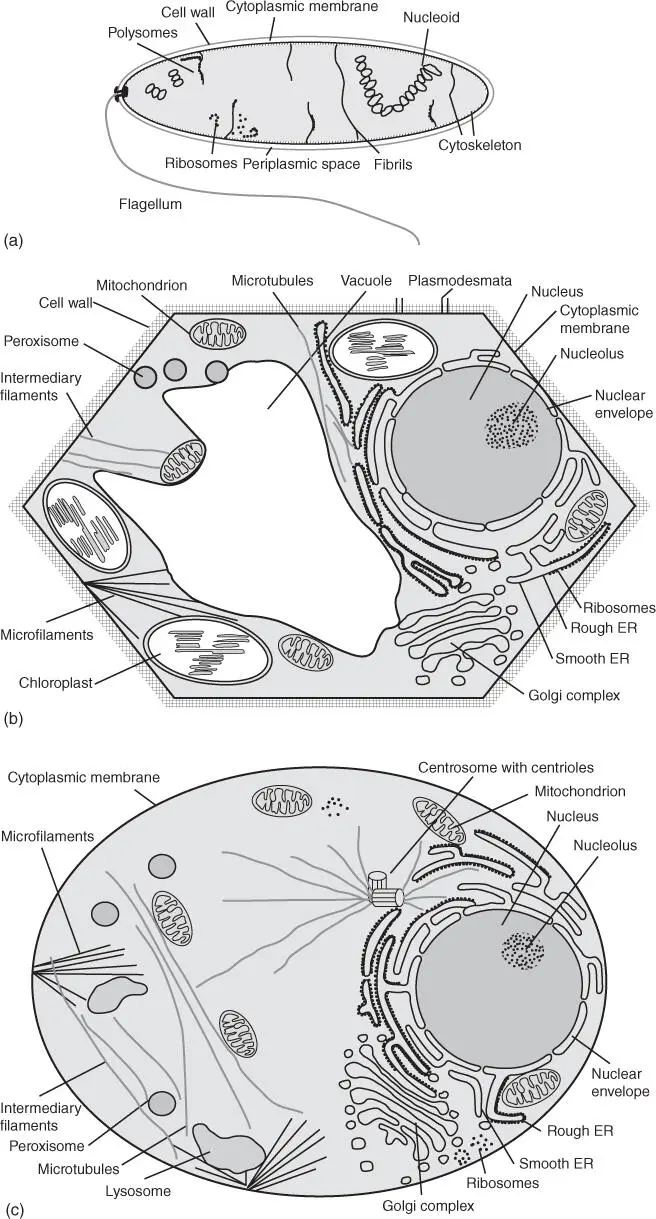
Figure 1.2 Schematic structure of prokaryotic and eukaryotic cells. (a) Bacterial cell, (b) plant mesophyll cell, and (c) animal cell.
Nucleotide sequences from 16S rRNA, amino acid sequences of cytoskeleton proteins, and characteristics of the cell structure were used to reconstruct this phylogenetic tree. Prokaryotes are divided into Bacteriaand Archaea. Archaea form a sister group with eukaryotes; they share important characteristics (Tables 1.1and 1.2). Many monophyletic groups can be recognized within the eukaryotes (diplomonads/trichomonads, Euglenozoa, Alveolata, Stramenopilata [heterokonts], red algae and green algae/plants, fungi and animals; see Tables 6.3–6.5 for details).
Table 1.1 Comparison of important biochemical and molecular characteristics of the three domains of life.
| Character |
Prokaryotes |
Eukaryotes |
|
Archaea |
Bacteria |
|
| Organization |
Unicellular |
Unicellular |
Unicellular or multicellular |
| Cytology |
| Internal membranes |
Rare |
Rare |
Always (Table 1.2) |
| Compartments |
Only cytoplasm |
Only cytoplasm |
Several (Table 1.2) |
| Organelles |
No |
No |
Mitochondria; plastids |
| Ribosomes |
70S |
70S |
80S (mt, cp: 70S) |
| Membrane lipids |
Ether lipids |
Ester lipids, hopanoids |
Ester lipids, sterols |
| Cell wall |
Pseudopeptidoglycan, polysaccharides, glycoproteins |
Murein (peptidoglycan), polysaccharides, proteins |
PL: polysaccharides, cellulose F: chitin A: no |
| Cytoskeleton |
FtsZ and MreB protein |
FtsZ and MreB protein |
Tubulin, actin, intermediary filaments |
| Cell division |
Binary fission |
Binary fission |
Mitosis |
| Genetics |
| Nuclear structure |
Nucleoid |
Nucleoid |
Membrane‐enclosed nucleus with chromosomes |
| Recombination |
Similar to conjugation |
Conjugation |
Meiosis, syngamy |
| Chromosome |
Circular, single |
Circular, single |
Linear, several |
| Introns |
Rare |
Rare |
Frequent |
| Noncoding DNA |
Rare |
Rare |
Frequent |
| Operon |
Yes |
Yes |
No |
| Extrachromosomal |
DNA plasmids (linear) |
Plasmids (circular) |
mtDNA, cpDNA, plasmids in fungi |
| Transcription/translation |
Concomitantly |
Concomitantly |
Transcription in nucleus, translation in cytoplasm |
| Promotor structure |
TATA box |
−35 and −10 sequences |
TATA box |
| RNA polymerases |
Several (8–12 subunits) |
1 (4 subunits) |
3 (with 12–14 subunits) |
| Transcription factors |
Yes |
No (sigma factor) |
Yes |
| Initiator tRNA |
Methionyl‐tRNA |
N ‐Formylmethionyl‐tRNA |
Methionyl‐tRNA |
| Cap structure of mRNA polyadenylation |
No |
No |
Yes |
PL, plants; F, fungi; A, animals; mt, mitochondria; cp, plastid.
Читать дальше
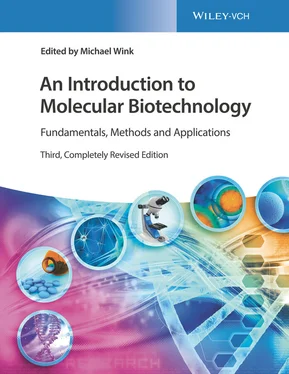



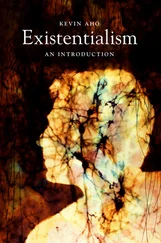

![Andrew Radford - Linguistics An Introduction [Second Edition]](/books/397851/andrew-radford-linguistics-an-introduction-second-thumb.webp)

